Yoga for sleep or Yoga Nidra is the key solution to many ailments and health-related issues. For centuries, it has been part of our civilization. However, in the past decade, yoga has picked up great speed and interest.
There have been many such true instances of yoga curing people of ailments who were struggling with it for many years. For instance, people suffering from diabetes, blood pressure, thyroid, hormonal imbalance, sinuses, and many such ailments practised yoga on a daily basis and cured themselves completely. And, this was without the use of any medicines. Just the right amount of diet and yoga exercises.
However, in today’s day and age, lack of sleep or disturbed sleep has been a constant worry for many of you.
“Sleeplessness is a desert without vegetation or inhabitants.”– Jessamyn West
Sleep is the most important vertical in the health model. We all need Yoga for sound sleep, for hormonal balance, to rejuvenate, to lose weight, recharge our brain, repair and grow our cells and boost immunity.
Sleep is certainly the most important activity for every living being, be it a human or animal. The human body cannot perform its bodily functions without sleep because it is vital for the brain to process and function. Absence of sleep can take your whole immune system for a toss and end up suffering from sleep disorders. When we sleep, our body rests and conserves energy. Therefore, lack of sleep affects how we perform on a day-to-day basis.
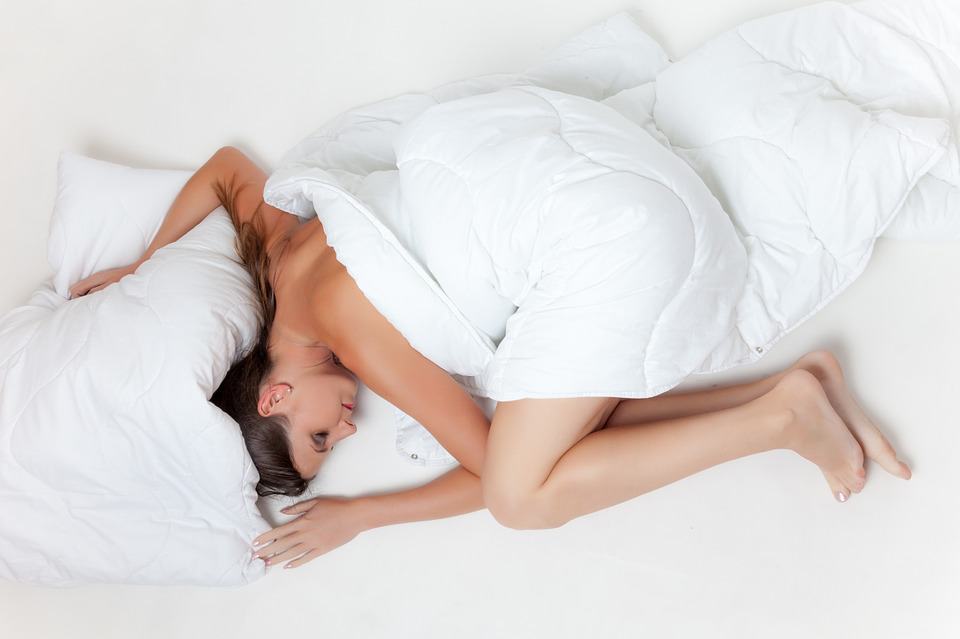
According to Luke Coutinho, a Holistic Nutritionist, “Sleep Deprivation is the root cause for many inflammatory diseases like cancer, depression, diabetes. The number of hours we sleep does not matter, but the quality of sleep does. Some can have a deep sleep for 5 hours and the others cannot. When we sleep, we reduce the chance of inflammation in our bodies.”
However, when bedtime comes at the end of the day, you find it hard to slow down your body and mind. Instead, you choose to scroll through social media, or watch television, or adhere to your last-minute emails. Before you know it, you have lost your sleep and it is way past midnight and your circadian rhythms (help to determine your sleep patterns) is way off-balance. Hence, you can no longer sleep properly.
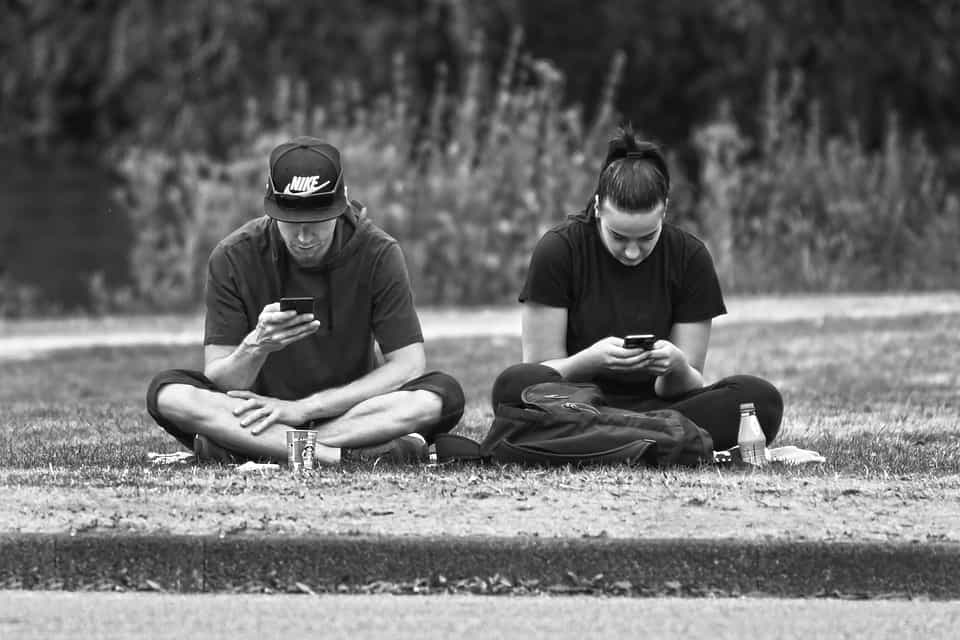
Do you wake up feeling tired every morning?
Are you having difficulty to sleep at night?
Do you often wake up during the night?
Are you sleeping for less than 7 to 8 hours each night?
Do you wake up feeling groggy and cranky?
Doe s Yoga help you fall asleep?
If most of your answers are a YES, then you know you are suffering from Sleep Deprivation or Sleep Disorder.
Well, you are not alone!

A high percentage of the population is facing the issue of insomnia in modern times. As per a research conducted on Canadians “It is estimated that about 25% of adults are dissatisfied with their sleep, 10% to 15% report symptoms of insomnia associated with daytime consequences, and 6% to10% meet criteria for an insomnia disorder.”
As per Tjepkema “Nighttime insomnia symptoms increased by 42% over the eight-year period from 2007 to 2015 among Canadians aged 18 or older (from 16.8% in the 2007-to-2009 period to 23.8% in the 2014-to-2015 period).”
Therefore, it is concluded that long-term practice of Yoga exercises by the elderly certainly “improves good sleep quality and less sleep disturbances”. The results are in accordance with various studies on Yoga practiced for six months conducted on 83 elders with an average age of 60 years and above.
Yes, Yoga for sleeping is the best medicine you can give your body.
How can Yoga help Insomnia:
We all know that Yoga is a gift of peace, well-being, vitality, and self-confidence for the body, mind, and soul. It reduces stress, anxiety, and depression. Yoga enables the mind to function optimally. Therefore, yoga is best for sound sleep.
For many of you, this might be hard to achieve as you have an addiction to prescribed medication for sleep. However, yoga is a holistic method that proves to help, fight, and cure insomnia and abnormal sleep patterns.
I cannot sleep-Insomnia Causes and Cures
Yoga Nidra and Sleep Science
In recent times, there is proof that Yoga and Sleep have a connection with science. The scientific research proves that sages practice Yoga Nidra (Nidra = sleep) for better sleep.
Hence, Yoga is a proven cure for insomnia (lack of sleep) and other mental and health issues of the body, mind, and soul.
Moreover, several studies and research findings by Johns Hopkins Medicine, USA, show better sleep among patients who participated in an eight-week yoga program as compared to non-yoga practitioners. As a result, they have achieved better sleep cycles.
Research and Study on Yoga for Sound sleep
There are multiple studies and research that prove yoga cures sleep deprivation.
According to an article in Psychology Today, there are a number of studies to prove that yoga is great for improving sleep. Even so, for those that suffer from insomnia.
Research 1:
There was a study conducted at Harvard Medical School in the USA on 20 people. They all had different types of insomnia and used yoga as a tool to help them improve their sleep quality. Hence, participants practiced yoga for eight weeks straight, hereby, keeping a tab of how much they slept and how many times they woke up throughout the night.
They also marked down any other details they could provide of their sleep cycle. However, a record was kept for two weeks before the yoga regime began and for the entire eight-week period of the study.
As a result, at the end of the study, they saw noticeable improvements in their overall sleeping conditions.
Research 2:
Likewise, The Department of Biobehavioral Nursing & Health Systems and Psychiatry and Behavioral Sciences at the University of Washington conducted a study with 13 women who suffered from osteoarthritis.
This condition caused sleep disturbance. So, all 13 women completed an eight-week yoga program consisting of a weekly 75-minute class and a nightly home practice of 20-minutes. As a result, evening yoga practice is a great treatment option for women with osteoarthritis.
Research 3:
Similarly, a study by the Department of Pharmacology, Government Medical College in Nagpur, India, proves how yoga enhances the quality of sleep among the elderly. There were 65 volunteers that participated in the study, all were over the age of 60.
There were 35 people that practiced gentle yoga and 30 that did not. As a result, the yoga group showed overall better sleep quality, including fewer episodes of disturbed sleep, falling asleep faster, using fewer sleep medications, and feeling more rested and energetic in the morning.
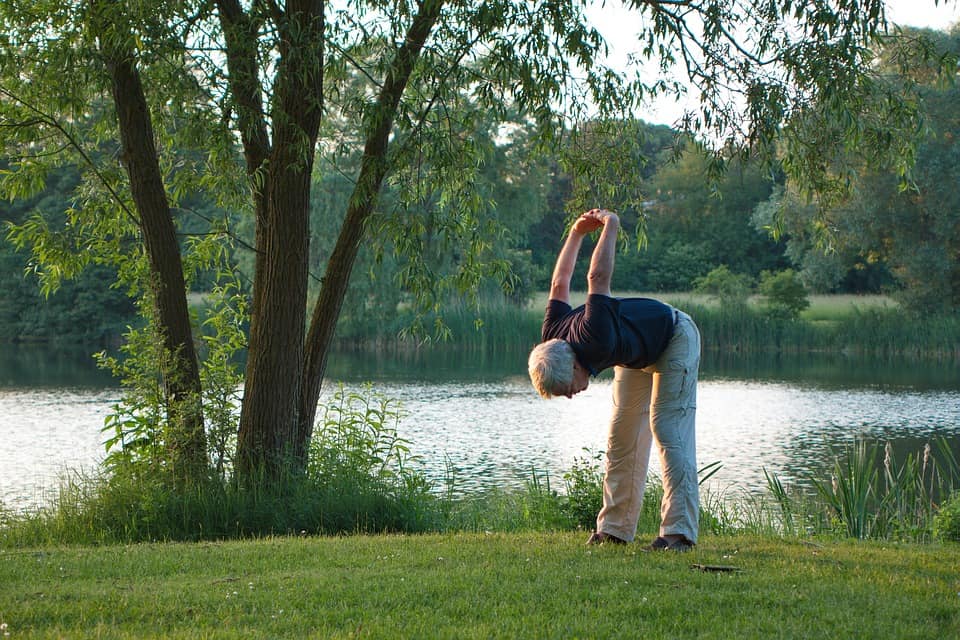
Did you know – facts on Sleep?
- According to the National Sleep Foundation, 45 % of all Americans say that lack of sleep has affected their daily lives.
- In the UK, 37 % of the population said that they don’t get enough sleep. In addition, 24 % suffer from a sleeping disorder. This includes sleep apnea, oversleeping or grinding their teeth while sleeping.
- In Lucknow district, India, the number of sleep disorder-affected patients are over 40 lakhs, say doctors at King George’s Medical University.
- According to Udit Goyal, business head of home healthcare (South Asia) at Philips Health, “Sleep apnea and insomnia are common sleep disorders which constitutes a majority of sleep disorders. There are around 84 qualified sleep disorders but all the sleep problems can be housed into three categories. They are people who sleep too much or excessive daytime sleepiness, people who sleep less or insomnia and those whose sleep disturbs others.”

Meanwhile, in India, the study shows –
- 93% of Indians are sleep deprived, getting less than 8 hours per night.
- 58% believe their work suffers due to a lack of adequate sleep.
- 11% fall asleep at work due to a poor night’s sleep.
- According to 19%, a lack of sleep affects family relationships.
- 87% of Indians say a lack of sleep affects their health.
- 72% of Indians are waking up 1 to 3 times per night.
This is where yoga for sleep comes in. Below are detailed descriptions of the benefits of Yoga to cure sleep disorders.
5 BENEFITS OF YOGA FOR SLEEP.
1. Yoga Helps Reduce Stress, Depression, and Anxiety
Stress and anxiety play a major factor in sleep disorders. Likewise, the same is true for depression, which is why yoga is beneficial for deep relaxation and depression.
Many times, you might feel the stress is getting to you and you are not able to sleep. You have a number of thoughts flying across your mind. No matter how many sheep you count or listen to soft music, you are unable to sleep. It is difficult to control and clear your mind, to stop the thoughts you want to erase.
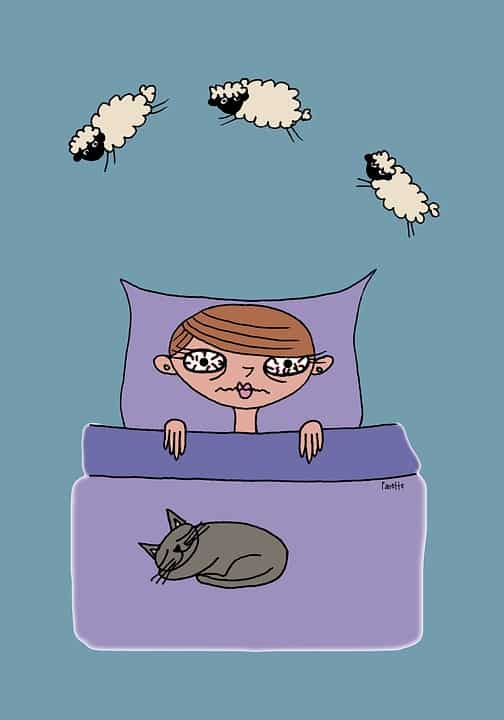
Therefore, regular practice of yoga for sleeping comes into play. As a result, alleviating the stress and anxiety levels in your mind. It has the ability to lower cortisol levels and release tension.
Yoga stimulates the parasympathetic nervous system. This will help you to relax in mind and body, resulting in sound sleep.
How does Brain Function Test helps understand the benefits of Yoga
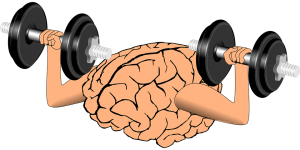
2. Yoga Renews the Body
When your body tightens up, you store in high levels of tension in your muscles. Therefore, this is one of the reasons your body accumulates toxins in your organs and tissues.
The practice of Yoga poses over a period of time helps release these toxins and increases the circulation of oxygen in the body.
Even so, Pranayama (breathing exercises) replenishes the body and increases the circulation of oxygen. Performing yoga before bedtime will release all the toxins from your body and also allow you to have a sound sleep.
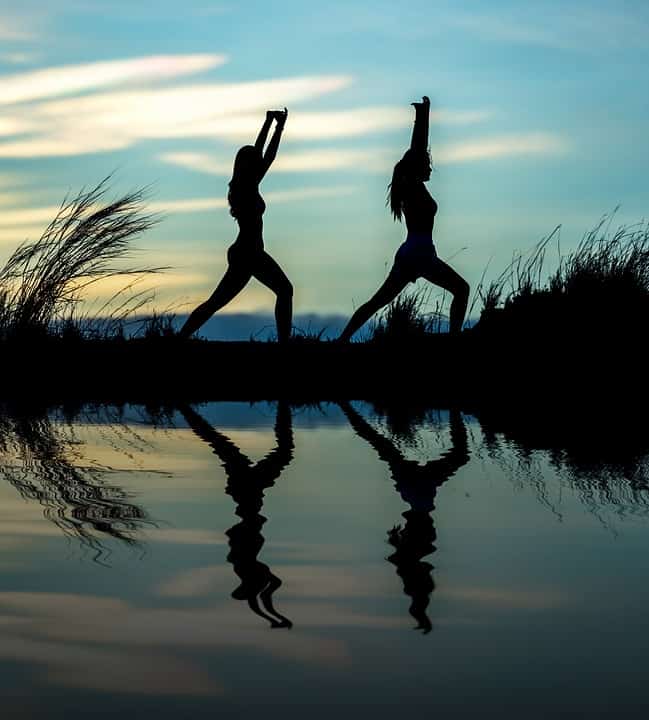
3. Yoga Calms the Mind
Your mind is in a constant rush of thoughts, feelings, emotions and what not. Most of your thoughts are either work-related or finances, relationship problems or worrying about the next day. As a result, you overexert your mind to a point that it stops functioning. Hence, you deprive yourself of sleep, you end up staring at empty walls all night.
Therefore, practicing yoga every day provides you with a sense of calmness, helps you to categorize your thoughts, feelings, and emotions.
As a result, yoga for sleep is the best way to get some ‘shut-eye’ both physically and mentally. Different yoga poses help to calm your mind and sleep like a baby.
4. Yoga Eases Muscles and Joint Pain
After a stressful day at work or driving for long hours or playing a football match or standing for too long, you experience fatigue and tiredness. As a result, there is stiffness in your muscles and pinching pain in your joints.
Therefore, it is difficult to fall asleep with that much pain. Without easing muscle and joint pain, sleep is not in the books for you.
Some of you are able to fall asleep after being so tired and on the other hand, for some it is impossible.
Therefore, Yoga before sleep is a fantastic way to ease muscle and joint pain.
A major benefit of doing yoga before bedtime is that you can release muscle tension right before your head hits the pillow.
5. Yoga Improves Breathing
Are you someone who does not own up to snoring?
Do you get teased for snoring by your family and friends?
Well, the reason is that you are not breathing correctly. More specifically, over breathing or fast breathing.
Snoring is often caused by stress, sinus problems, obesity or circulation problems.
(Did you know that? That is new information to me!)
On the other hand, sleep apnea is a common symptom of those who are always nervous or have a lung disorder.
Practicing Yoga breathing techniques can help you with both of these problems. Hence, resulting in sound sleep.
Health expert Luke Coutinho in his recent Instagram post said, “Sleep is everything. It is natural for our cells and life. However, no amount of drugs, caffeine or technology can ever replace what natural sleep and rest can do for our body and mind. We must sleep to heal the mind and body. Sleep is the deepest meditation too. Do not compromise”.
9 YOGA POSES FOR SLEEP
Regular practice of yoga recognizes to improve sleep disorders and sleep patterns.
Let’s have a look at the yoga poses that will help you in relaxing your mind and body into a great night’s sleep:
I. Hero pose (Virasana)
II. Cat and Cow Pose (Marjaryasana and Bitilasana)
III. Child’s Pose (Balasana)
IV. Figure Four Against the Wall (Modified Sucirandhrasana)
V. Legs Up the Wall (Viparita Karani)
VI. Supine Spinal Twist (Supta Jaṭhara Parivartānāsana)
VII. Happy Baby (Ananda Balasana)
VIII. Reclining Bound Angle Pose (Supta Baddha Konasana)
I. Hero pose (Virasana)
Virasana, also known as the Hero pose, is like a salve for the tired legs. This pose, just like its name helps you to overcome your inner turmoil and tiredness.
Steps to follow: –
- Kneel on the floor. Make sure your knees are placed directly under your hips and let your hands rest on your knees.
- Your glutes should, however, be resting on your heels. Bring your knees closer to each other so that the gap between your feet automatically widens. Hence, it should be wider than the width of your hips.
- Then, firmly press the tops of your feet on the floor.
- Gently lower your hips, in a way that you find yourself sitting on the mat. Then, roll your calves away. Ensure your hips are right between your heels.
- You also need to make sure that you do not feel any sharp, twisting sensations in your knees, while you get into the pose.
- Let your toes point outwards and back. Your inner ankles must be drawn in to protect your knees.
- Then, pull in your navel, lengthen the spine upward, and open the chest as you find a calming breath pattern.
- Hold this position for about 30 seconds and release.
Therefore, once you get comfortable in this pose, you can use it as a meditative posture.
Benefits: –
- It improves the circulation of blood in the legs and also relieves tired legs.
- It helps to relieve stress and fatigue.
- This pose helps to induce sleep.
II. Cat and Cow Pose (Marjaryasana and Bitilasana)
The Cat-Cow Pose is a spine flexing and extending asana. It gently flows between two poses that warm the body and brings flexibility to the spine. As a result, giving your back torso and neck a good stretch.
Steps to follow: –
From Hero pose, roll forward onto your hands and knees. However, make sure your knees are under your hips, and your wrists are under your shoulders.
For the Cat pose,
- Start in a neutral spine position, with your back flat and your abs engaged. Take a big deep inhale.
- On the exhale, round your spine up in a C-shaped curve towards the ceiling. Like, imagine you’re pulling your belly button up towards your spine.
- Then, tuck your chin towards your chest, and let your neck release.
For the Cow pose,
- When you inhale, arch your back and let your belly relax and go loose.
- Then, lift your head and tailbone up towards the sky. However, do not put any unnecessary pressure on your neck.
- Then, continue flowing back and forth from Cat Pose to Cow Pose.
- Inhale for Cow Pose and exhale on Cat Pose.
- Repeat this pose for at least 10 rounds, or until your spine is warmed up.
- Therefore, aim for 5-10 seconds for inhalation and exhalation.
Benefits: –
- Helps to regulate digestion.
- It massages, stimulates and strengthens the abdominal organs.
- Improves blood circulation.
- Relaxes the mind, as a result, leading to better sleep and less insomnia.
- It also increases the emotional balance and stability of the mind.
III. Child’s Pose (Balasana)
Balasana is also known as Child’s pose because of its resemblance to a child in a mother’s womb. It is considered one of the best yoga poses for sleep and to cure insomnia. As a result, this resting pose provides a sense of calm and stability.
Steps to follow: –
- Kneel on the floor with your knees hip-width distance apart.
- Bring your big toes together, touching behind you.
- Then, take a deep breath and as you exhale, sink your torso down onto your thighs.
- Let your hands relax alongside your torso, so your arms are pointed to the back of the room, palms facing up. This, however, will release shoulder tension by widening your shoulder blades away from each other.
- Keep your forehead on the ground. Then, roll your head to each side gently. As a result, this will release tension in your brow.
- Then, take 5 slow and steady breaths, in and out through your nose.
- In the end, once you have completed a session, inhale and lift your torso up.
Benefits: –
- It gives the back a deep, relaxing stretch.
- It also helps calm the nervous system, thus inducing better sleep.
IV. Figure Four Against the Wall (Modified Sucirandhrasana)
Figure Four Stretch pose has many names and variations such as the Reclining Pigeon pose or the Eye of the Needle pose. This asana stretches your hamstrings and quadriceps.
Steps to follow: –
- Transition over onto your back and position yourself in a way that your tailbone is pointing at the base of a wall.
- Place your glutes about a foot away from the base of the wall.
- Then, place the bottom of one foot on the wall.
- Thereafter, bend the second foot and softly place your ankle on the first thigh.
- Keep the top of your top foot bent throughout the posture. This will also help you to protect the joint from knee damage.
- Hold this pose for a minute for 5-10 breaths.
- Then, lower your left foot further as your hips begin to open. Hip stretches are essential to feeling comfortable and relaxed before sleep.
- Release this pose and switch legs.
Benefits: –
- It helps open up tight hips, especially if your job involves sitting at a desk for extended periods of time.
- Relaxes your hamstrings and quadriceps.
- Releases tension from the lower part of the body.
- It also provides relaxation and helps to sleep better.
V. Legs Up the Wall (Viparita Karani)
If your job involves staying on your feet most of the time, then at the end of the day your feet and ankles feel swollen and tired. Hence, you are unable to sleep at night because of all the pain you endure.
However, this simple pose helps to recirculate your blood flow.
The Viparita Karani is a mild inversion pose and is also called the Inverted Lake Pose or the Legs Up the Wall Pose.
Steps to follow: –
- Find an empty space on your wall and place your mat perpendicular to the wall. (You can also do this pose on your bed if it is against a wall)
- Your feet are on the floor, spread in front of you, and the left side of your body is touching the wall.
- Take a deep breath and as you exhale, lie on your back.
- However, make sure that the back of your legs presses against the wall.
- The soles of your feet should face upwards. This position probably might take a while for you to get comfortable in.
- Then, place your buttocks a little away from the wall or press them against the wall.
- Also, make sure your back and head are resting on the floor. As a result, you will notice that your body forms a 90-degree angle.
- Soon after, lift your hips using your hands and form that curve in your lower body. You can also slide a prop under your hips for support.
- Keep your head and neck in a neutral position and soften your throat and face.
- Then, close your eyes and breathe. Hold this pose for at least five minutes.
- Thereafter, release and roll to any one side. Breathe before you sit up.
This asana might look hard to attempt however, it is incredibly relaxing.
Benefits: –
- It removes fatigue from the hips and the feet.
- Improves blood flow to the brain.
- It relieves mild backaches.
- Calms the mind, as a result, leading to better sleep.
- Relieve headaches.
- This asana also has therapeutic benefits to insomnia, anxiety, mild depression, high blood pressure, and menstrual cramps.
VI. Supine Spinal Twist (Supta Matseyendra)
The Supta Matsyendrasana, also known as the Supine Twist, the Reclining Twist, and the Reclining Lord of The Fish Pose, is a restorative beginner’s asana. Moreover, it is also said to relax the mind and the body.
How did this name come to form? This asana is named after the Lord of fish, Matsyendra, who was a Yogi and also the student of Lord Shiva.
Steps to follow: –
- Lie flat and straight on your back with your arms stretched horizontally out to the sides, so that, you are in line with your shoulders.
- Then, extend your left leg out in front of you and bend your right knee, hugging it into your chest.
- Inhale, and as you exhale, slowly cross your right knee over your midline and onto the floor on the left side of your body.
- Turn your head to the right and look at your right palm.
- However, make sure that both of your shoulder blades are touching the ground, even if that means your knee does not fully touch the floor. (While twisting, there is also a tendency for one shoulder blade to lift off of the ground, therefore, don’t worry about perfecting the pose.)
- Hence, feel the stretch in your thighs, groin, arms, neck, stomach, and back as you hold the pose. With each exhalation, relax deeper into the pose.
- Hold this pose for about 30 to 60 seconds.
- Then, slowly turn your head back to the center and straighten your torso and legs.
- Thereafter, repeat this pose on your left side.
Benefits: –
- It stimulates and tones your internal organs.
- This asana ensures better digestion.
- It gives your shoulders, chest, middle spine, hips, lower back, and upper back a good stretch.
- It also releases stress and anxiety.
- This pose helps to relax the body of any stiffness, as a result, leading to a night of better sleep.
VII. Happy Baby (Ananda Balasana)
Have you ever seen a baby fiddling around with his/her toes, trying to get a hold of his/her toes while lying down? How happy and chirpy do they sound while they are at it? Very!
That is the Happy Baby pose also known as Ananda Balasana. This asana is one of the easiest and most magical postures that relax the lower muscle group.
Therefore, this pose has a very positive impact on the body.
Steps to follow: –
- Lie flat on your back. Inhale and lift your legs up, bringing both your knees close to your chest.
- Thereafter, hold your big toes. Pull your heels up to the ceiling, keeping the tailbone down on the ground.
- However, make sure your arms are pulled through the insides of your knees as you hold your toes.
- Then, gently open up your hips and widen your legs to deepen the stretch.
- Tuck your chin into your chest and so that your head is on the floor.
- Press both the back of the neck and the shoulders down to the floor. The whole area of the back and the spine should be pressed flat on the floor.
- Soon after, take normal breaths and hold this pose for about 30 seconds to a minute.
- Exhale and release your arms and legs.
- In the end, Lie on the floor for a few seconds before you move on to the next asana.
Benefits: –
- This is a great pose for relieving abdominal discomfort.
- Induces relaxation in the spine.
- Calms the brain and helps relieve stress and fatigue.
- It also stretches the back and spine, the inner part of the groin, inner thighs, and the hamstrings.
- A great hip opener too.
- This happy baby yoga pose releases all the tension trapped in the lower back, thereby curing lower backaches.
- It also helps to relax the sacrum. (a triangular bone situated in the lower back)
- Practicing the happy baby pose helps to reduce the heart rate, therefore, helping you to sleep better.
VIII. Reclining Bound Angle Pose(Supta Baddha Konasana)
Supta Baddha Konasana also known as Reclining Bound Angle pose, instils a sense of deep relaxation. It is also a hip opening asana for those who have accumulated tension in their hip area. This asana is known by a few other names as well, like the Reclining Cobbler’s Pose, or the Reclining Goddess Pose.
Steps to follow: –
- Lie straight and flat on the ground. Then, gently bend your knees.
- Bring your feet together with the outer edges of both your feet on the floor.
- Then, place your heels close to your groin.
- Your palms must lie next to your hips and pressed downwards.
- Inhale and as you exhale, ensure that your abdominal muscles contract as your tailbone moves close to your pubic bone.
- As a result, you will feel the elongation in your lower back and the stability in your spine as your pelvis tilts.
- Hold this position for a few seconds.
- Quickly inhale, and as you exhale, let your knees open up and feel the stretch in your groin and inner thighs.
- Hold this pose for up to a minute, breathing deeply and slowly.
- Exhale and exit the pose.
- However, before you exit the pose, press your lower back and knees to the floor to give that final stretch.
- Then, hug your knees, and rock from side to side before you release.
Benefits: –
- It helps you get rid of the long hours of fatigue from walking or standing.
- This asana helps you to unwind and sleep better.
- It also relieves stress and tension and cures mild depression.
- Likewise, it decreases stress in the nervous system and fights insomnia.
IX. Corpse Pose (Savasana)
Saavasana also is known as the Corpse pose and is the traditional final resting pose of yoga practice. It seems quite easy yet, this pose is hard because you need to bring your body and mind to a calm state.
However, this pose instills deep healing and relaxes your body and mind. You can always practice this asana when you feel tired, exhausted and sleepy. As a result, this will immediately refresh and rejuvenate your mood.
Steps to follow: –
- Lie flat on the floor or your bed.
- Be comfortable but don’t use any pillows or cushions.
- Close your eyes.
- Place your legs comfortably apart. Also, make sure your legs relax completely and your toes are facing sidewards.
- Your arms, however, must be placed along your body and slightly apart, leaving your palms open and facing upwards.
- Then, slowly draw attention to every area of your body, starting from your toes.
- As you do this, breathe slowly, yet deeply, setting your body in a state of deep relaxation.
- However, do not fall asleep in the process. Breathe slowly, yet deeply. As a result, this will impart complete relaxation.
- As you breathe in, your body will be energized, and as you breathe out, your body will calm down.
- Do this for about 10 to 12 minutes, till your body feels relaxed and refreshed.
- Then, roll to one side, keeping your eyes closed. Stay in the position for a minute, until you sit up.
- Take a few deep breaths and gain awareness of your surroundings before you open your eyes again.
Therefore, focus on your body, forgetting all other tasks. Surrender yourself at that moment. However, make sure you do not doze off.
Benefits: –
- Shavasana helps to get rid of insomnia.
- It relaxes your entire nervous system.
- It relieves tension and tiredness.
- This pose reduces blood pressure and anxiety.
Try these yoga poses in this sequence and let us know how it goes!
Points to follow when practising any yoga pose:
- Always listen to your body, and don’t push yourself past your comfort zone.
- If any pose begins to hurt while performing, stop and do a variation that is comfortable for you. Don’t do anything that hurts.
- Practice with ease every time you perform a new yoga pose.
- Speak to a yoga teacher for further modifications to any yoga pose that will work in accordance with your body.
ALSO WATCH YOGA NIDRA YOGA FOR SLEEP VIDEO
Bottom Line
In conclusion, I would like to say that, through this process, each one of you, with dedication will embark upon the yogic odyssey. This will be a journey of immense health, joy, and higher consciousness in no time.
Yoga asanas are, however, a route to acquire a well-structured and healthy body, a calm and serene mind, and to feel content with your inner joy and spirit.

For instance, be it Ananda Balasana (Happy Baby Pose) or the Legs Up the Wall Pose (Viparita Karani), these yoga poses for sleep will fill your body and mind with positive energy and the right aura.
Therefore, with Yoga poses and the right breathing techniques, you will acquire strength, harmony, and mindfulness that will liberate your body of any stress and pain.
Accordingly, perfect sleep is what you will achieve at the end of your yoga session. You will never have to run for prescribed medication ever again.
However, Yoga is in the running to bring down the statistics of sleep disorder, depression, and other health ailments to a low rate. But, this does not solely depend on yoga. The change has to come from you, from within.
Do what makes you happy because, in the end, you have to take care of yourself, and of your well-being. Make the right choices and do not compromise with your sleep because that will disrupt your mind and well-being.
Start or finish your day with simple yoga workouts and get on your way to either a supercharged day or a perfect sound sleep!
How to do the Headstand? What are the benefits of Sirsasana?
Zig Ziglar Quotes on Love Fear and Success
Coping with my child leaving for University
Grades not important for success-what is
Green Tea Benefits for a Healthy You


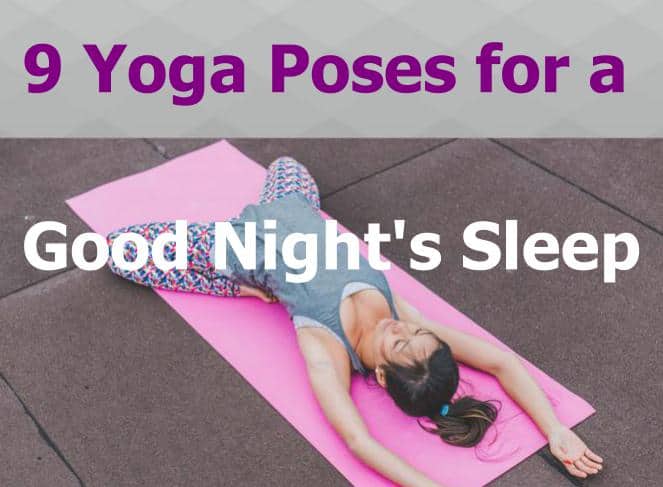

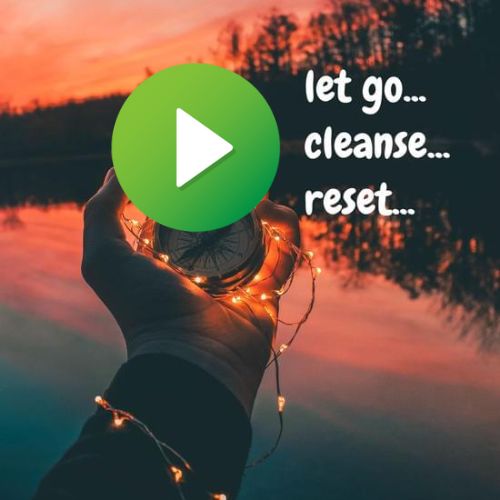
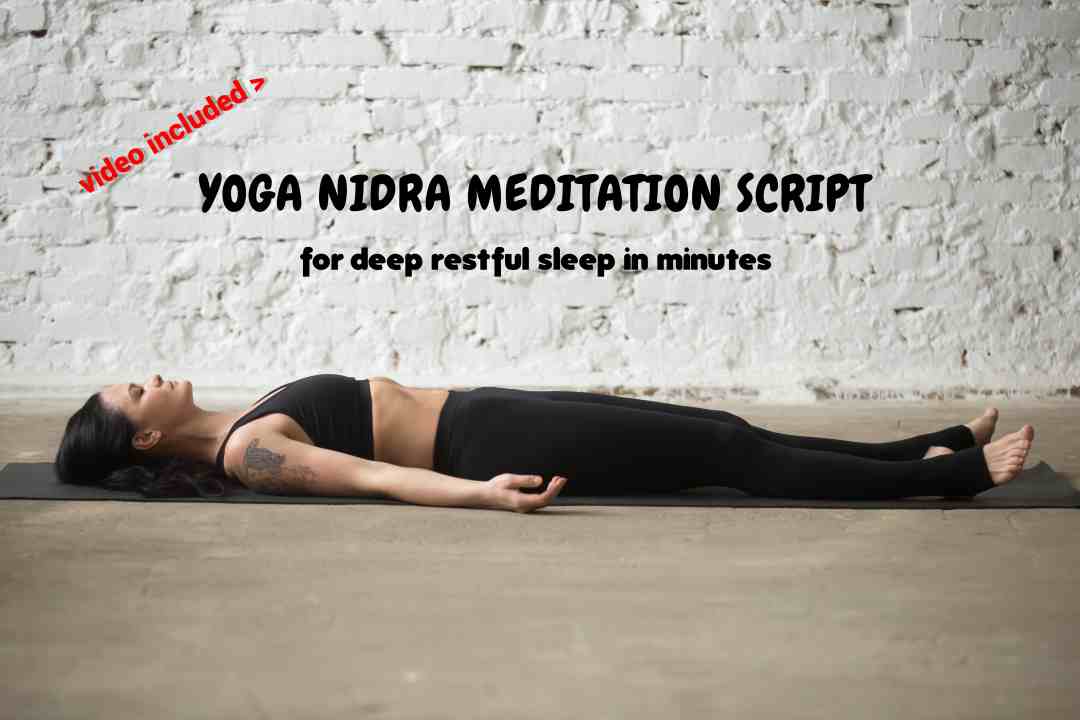

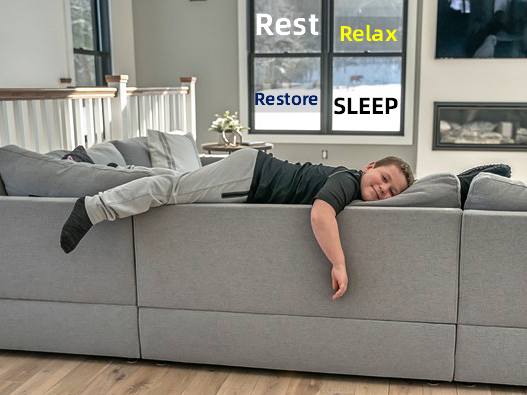

One Response